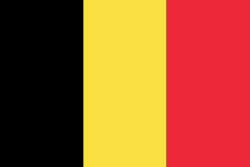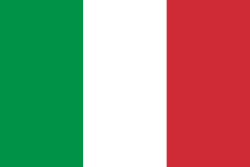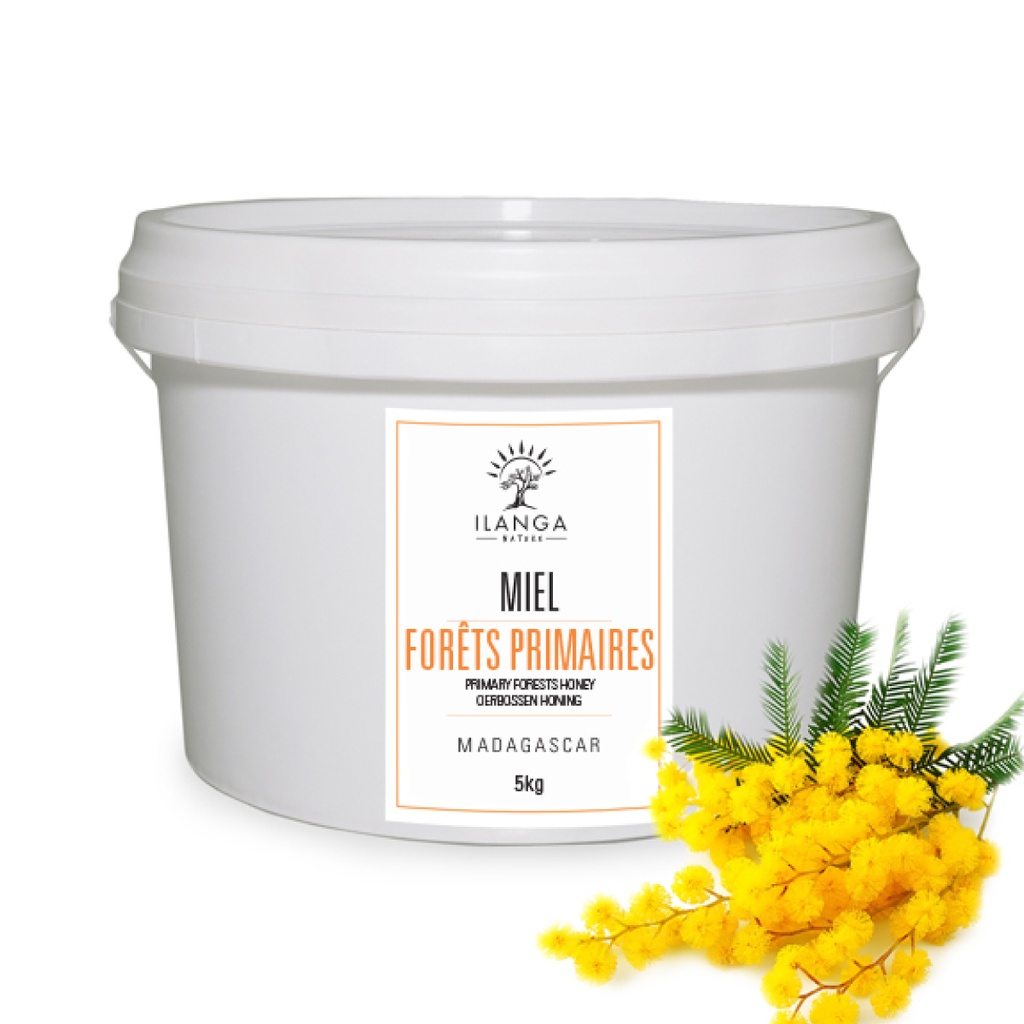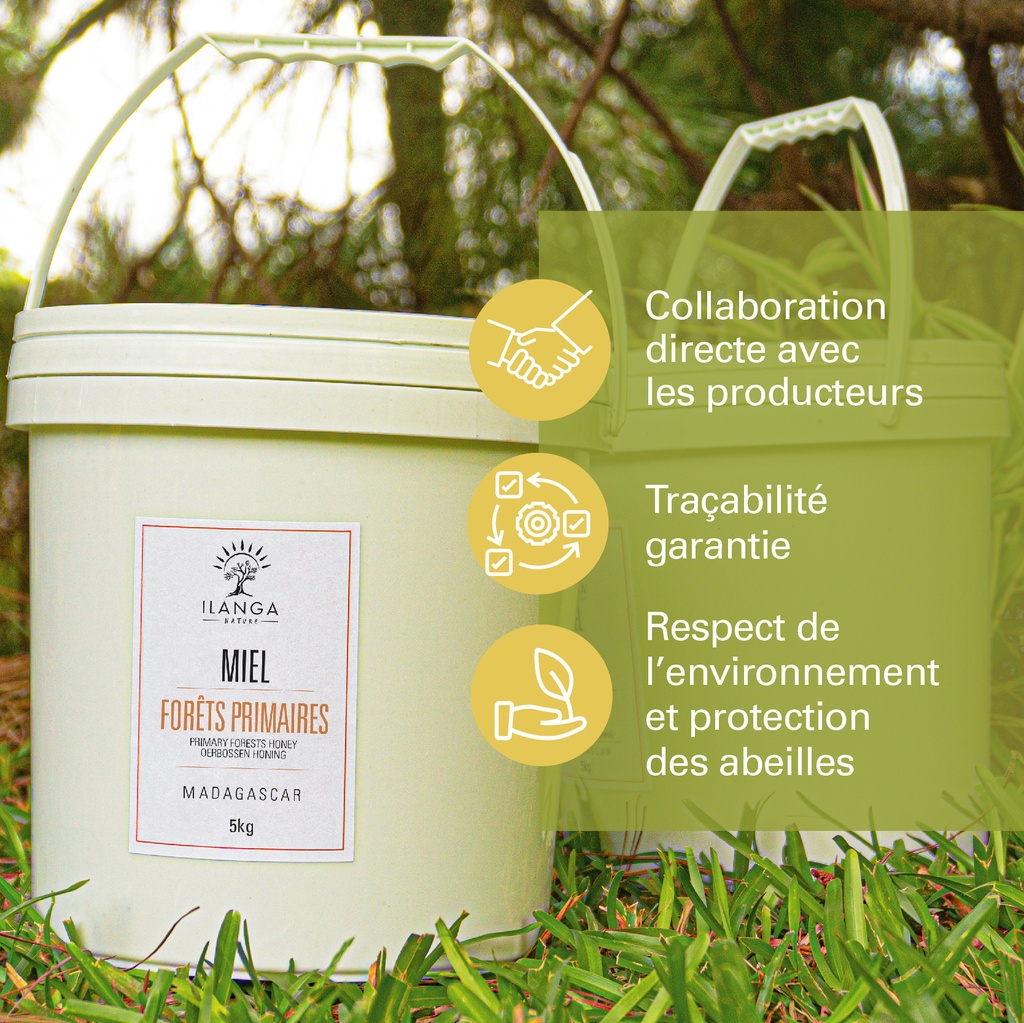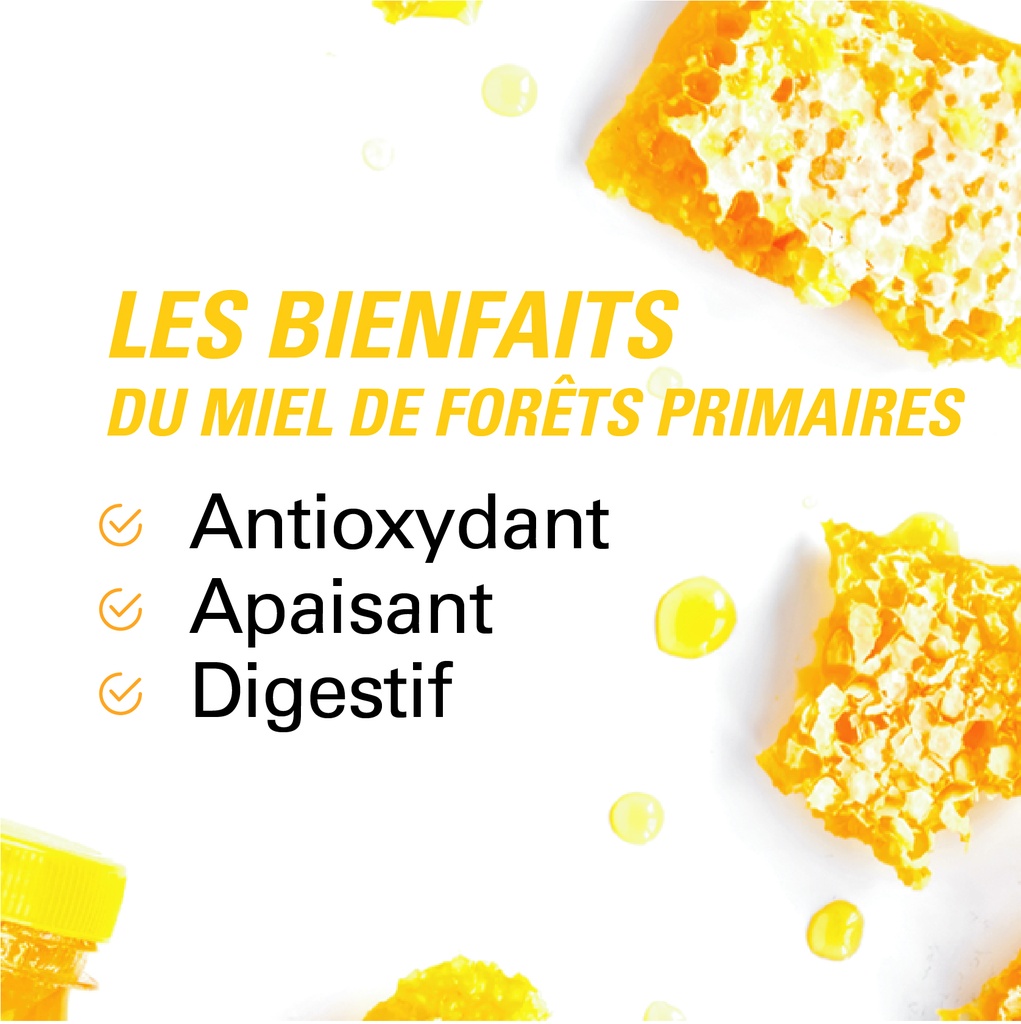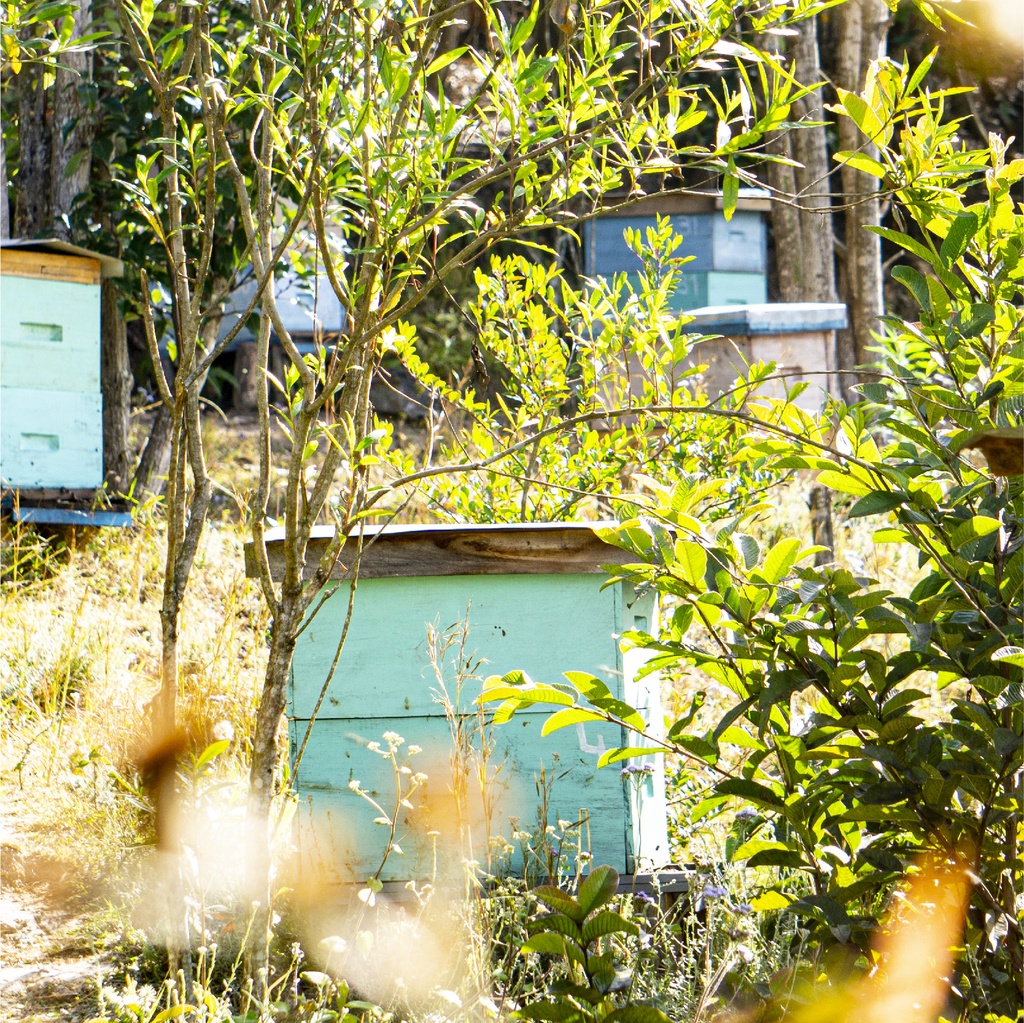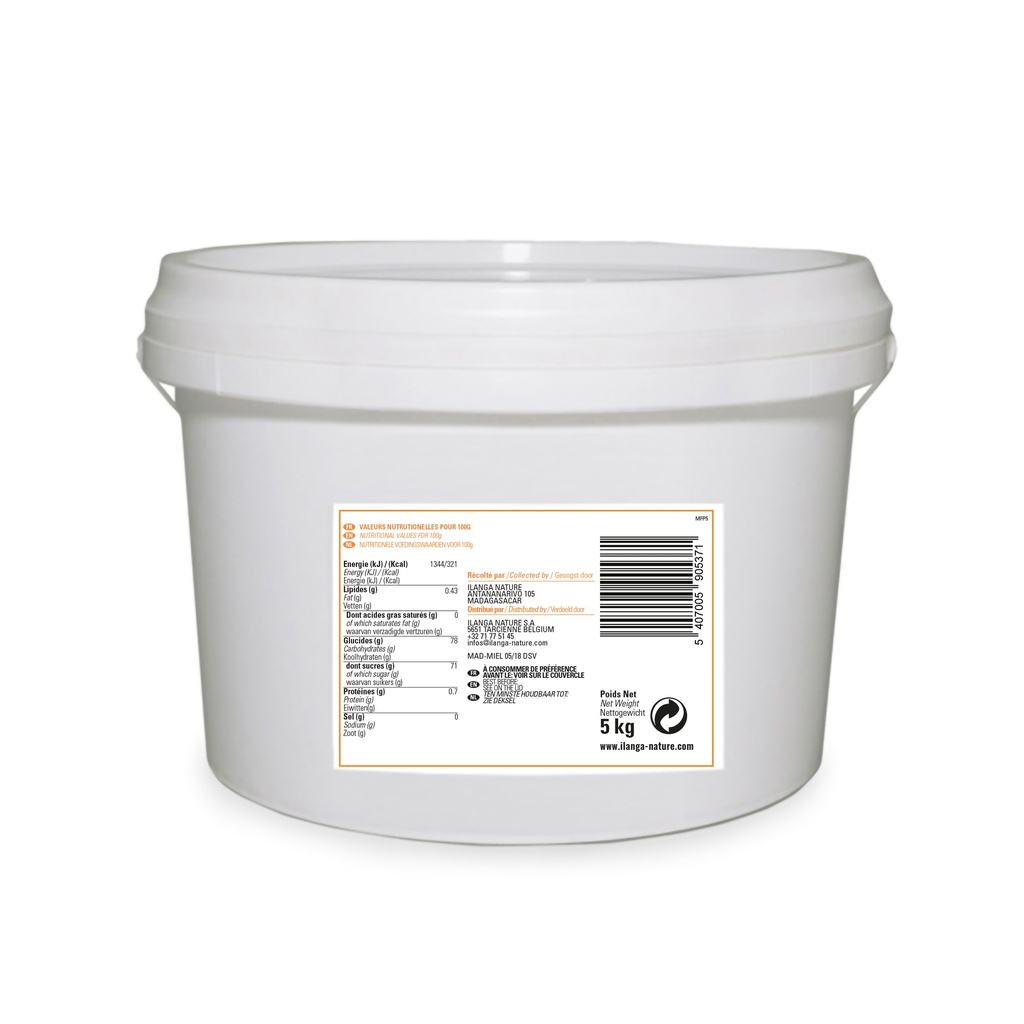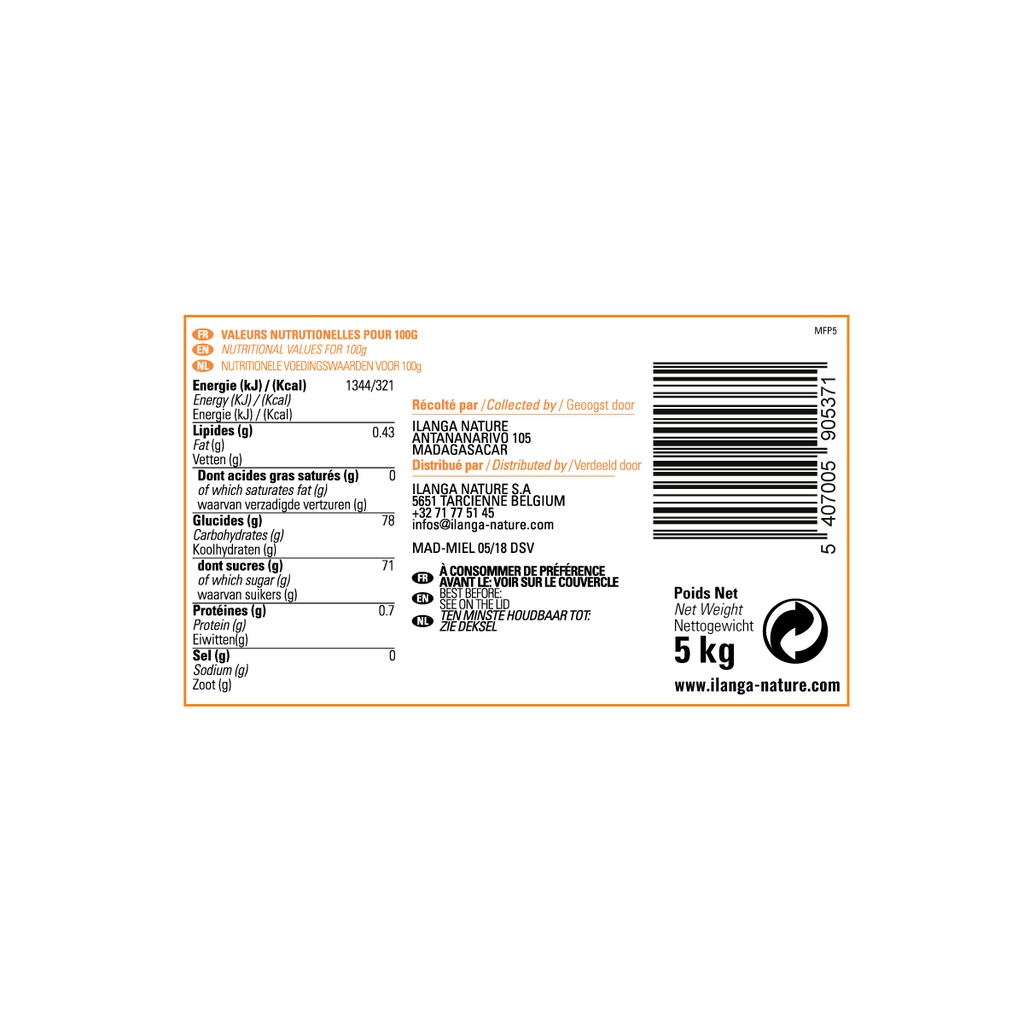Miel de Forêt Primaire 5kg
Madagascar
Honey produced in primary forests.
A type of honey produced by bees from the nectar of wildflowers in pristine and untouched forests.
Primary forests can offer a great variety of flowers.
This can be translated by a honey with a unique taste and properties depending on the region and flowers used. Primary forests are often considered as healthy zones for bees, as they offer stable habitats and abundant food sources.
Some common characteristics of primary forest honey include
These characteristics vary depending on the region and primary forest flora, so it is important to consider the unique differences in each primary forest honey to fully appreciate its properties and flavor.
| Energie (Kj/KCal): | 1344/321 |
| Fatty Matters (Gr): | 0.43 |
| Saturated Fatty Acids (g): | 0 |
| Carbohydrates (Gr): | 78 |
| No Sugars (Gr): | 71 |
| Proteins (Gr): | 0.7 |
| Salt | 0 |
Data Sheet
| Reference: | 5905371 |
| Gross Weight (Gr): | 5 240 |
| Net Weight (Gr): | 5,000 |
| Conditioning: | PVC Bucket |
| Ingredients: | 100% honey from Primary Forests. |
| Origins: | Madagascar |
| Bio: | Not certified organic. |
Protected from humidity, heat, in a room with an ambient temperature of around 20°C.
| Flavor: | Sweet floral blend |
| Texture: | Smooth creamy |
| Color: | Brown / Light Yellow |
| Smell: | Floral pronounced |
| | |
| | |
| | |
| Humidity: | ≤ 18% |
| Initial pH: | Around 4 |
| Conductivity: | ≥ 0.8mS/cm |
| Sucrase index: | ≤ 12 |
| HMF: | ≤ 5mg/Kg |
| Diastatic index: | Around 6 |
| Sugars: | ≥ 60% |
Conforms to the European Directive 2001/110/EC and Royal Decree relating to honey of 18/03/2004.
Lot number on the product = xxxTMymzz
xxx : Collection zone
TM : Honey type
y : Collection year
m : Collection month
zz : End of treatment date
• Kitchen
• Cosmetic
• Pharmaceutical
